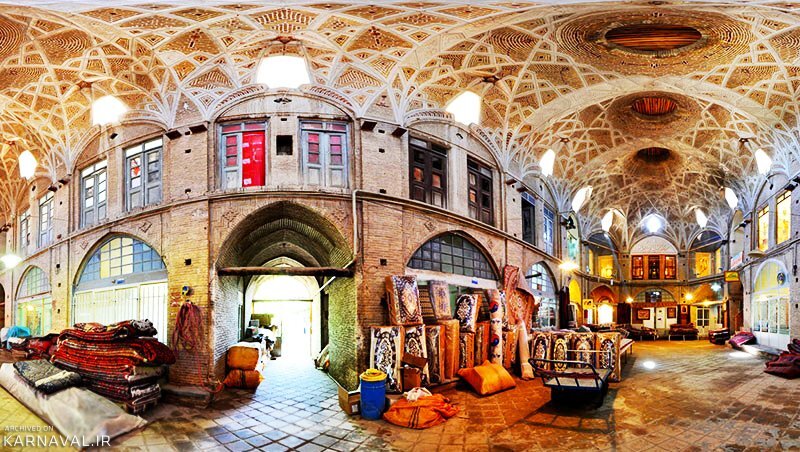INSUBCONTINENT EXCLUSIVE:
city.Teams of restorers and cultural heritage experts are currently busy amending six traditional marketplaces, each dedicated to a
courtyards each dedicated to a single type of business), and hundreds of shops in an area of 14 acres.Bazaar is, originally, a public market
district of a Persian town
quarter of a town, it was bustling and noisy by day in contrast to the quiet residential quarters
They were usually roofed for protection against the hot desert sun, either with a single roof, with individual vaulted cupolas or domes, or
with awnings.In Iranian culture, bazaars have been traditional public spaces in Iranian cities with great contributions to commercial
activities in urban life meanwhile their extended activities can be traced to social, cultural, political, and religious roles.Most mazes
and passages offer certain commodities such as carpets, metalwork, toys, clothing, jewelry, kitchen appliances, traditional spices, herbal
remedies, and natural perfumes
One can also bump into colorful grocery stores, bookbinders, blacksmiths, tinsmiths, coppersmiths, tobacconists, tailors, flag sellers,
broadcloth sellers, carpenters, shoemakers, and knife-makers.Several divided carpet sections across the bazaar enable visitors to watch or
buy hand-woven Persian carpets and rugs with different knot densities and other features
From another point of view, bazaars are also synonyms for foods, with their unmissable colorful stalls of vegetables, herbs, and spices
Yet, most of these ingredients might be mysterious to a foreign eye.Browsing through a traditional bazaar may provide new experiences and
fresh points of view on the ancient land
some traditional bakery known only by locals and shopkeepers.People watching and even mingling with them in the bazaars is one of the best
ways to take the pulse of the country
Bazaars have traditionally been major economic and social centers in any Iranian city.AFM

